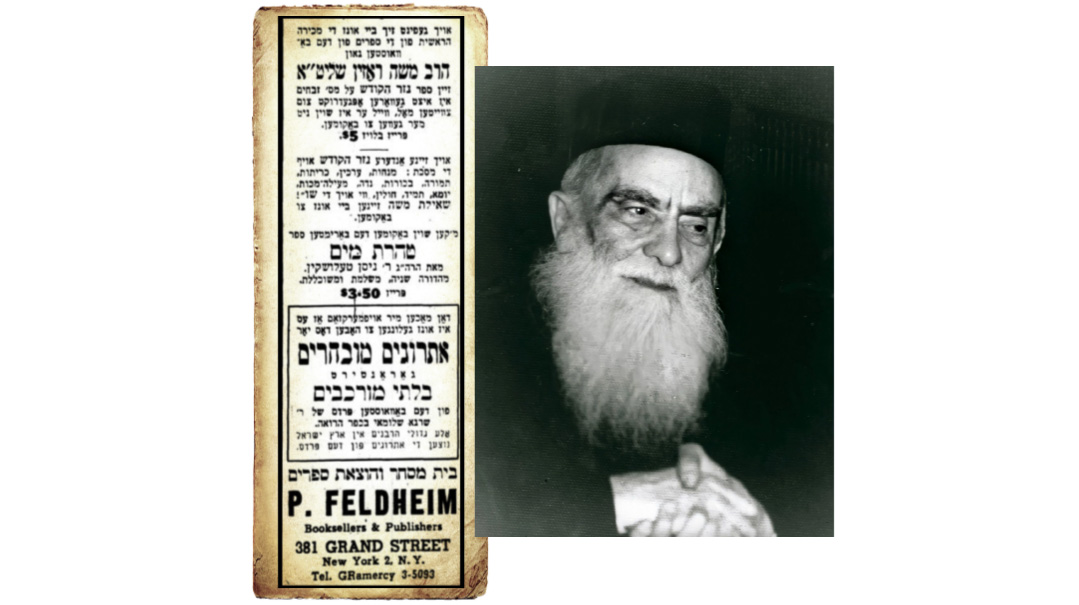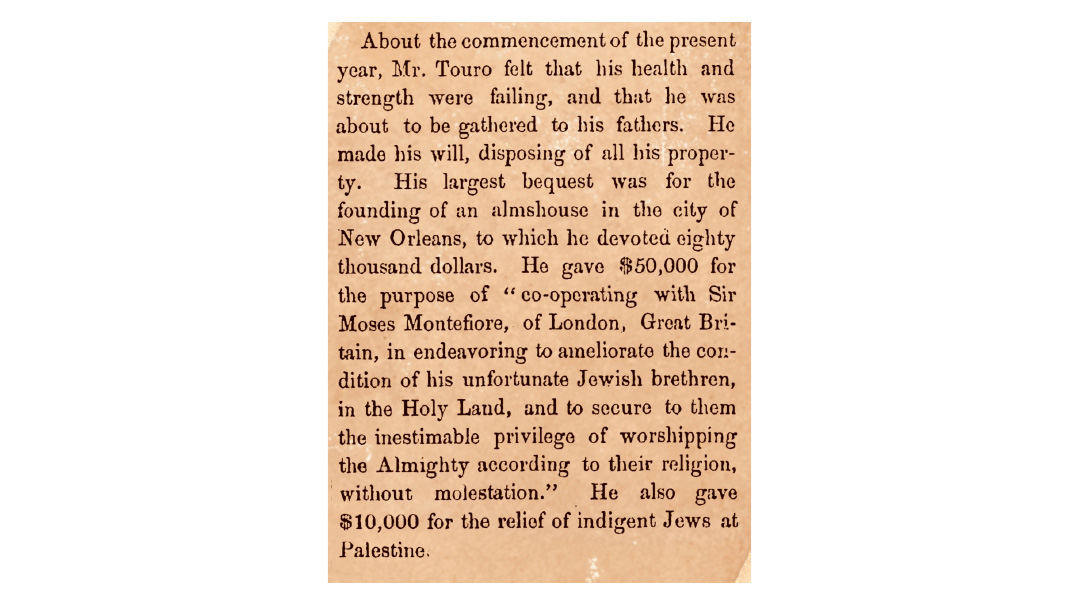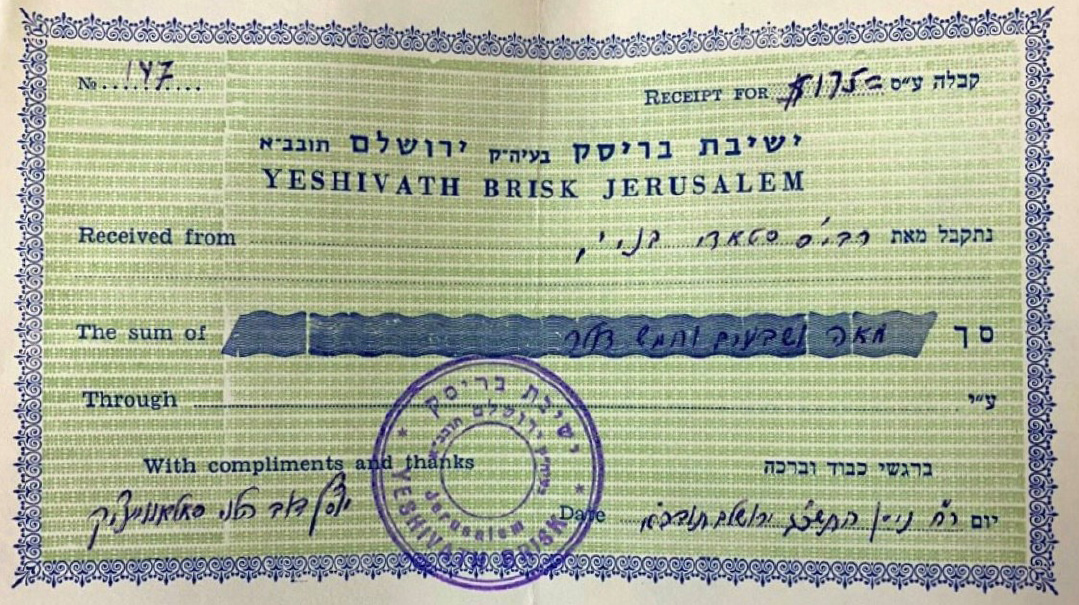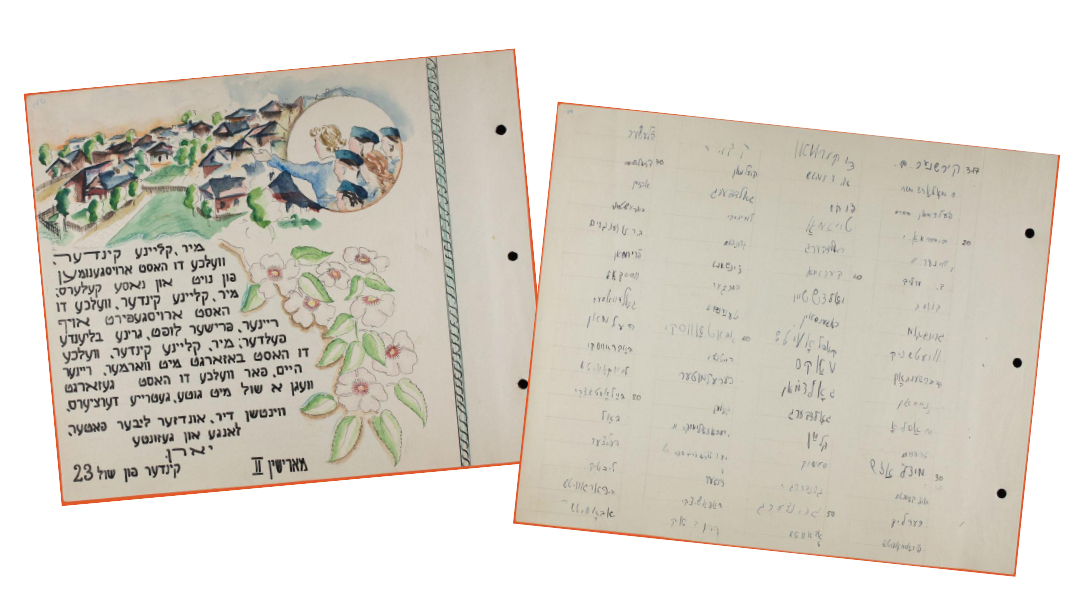The Holy Crown of Brownsville
| March 21, 2023Rav Moshe Rosen — the Nezer Hakodesh emerged as one of the country’s most active rabbinical leaders

(Left) A 1953 ad for the Phillip Feldheim bookstore on the Lower East Side touted the availability of Sefer Nezer Hakodesh on Mesechtas Zevochim; (Right) Rav Moshe Rosen
Title: The Holy Crown of Brownsville
Location: Brownsville, Brooklyn
Document: Der Tog
Time: 1953
During Chol Hamoed Succos 1957, residents of Brooklyn’s changing Brownsville neighborhood were greeted by the sight of closed streets and a somber crowd of nearly 20,000 Jews from across New York City. Although it was the middle of Succos, they had gathered to pay homage to a venerated rabbinic leader. Rav Moshe Feinstein issued a psak that a full-fledged funeral should be conducted with hespedim delivered by him, Rav Aharon Kotler, Rav Yosef Eliyahu Henkin, Rav Avraham Kalmanowitz, Rav Pinchas Teitz, and Rav Nissan Telushkin. America had lost its holy crown, Rav Moshe Rosen — the Nezer Hakodesh.
Having grown up in Bransk in eastern Poland, he was known as Moisheleh the Masmid for his diligent Torah study. He received semichah at the age of 20 from Rav Yitzchok Elchonon Spektor and Rav Moshe Danishevsky of Slabodka. Following his marriage to Hinda, the daughter of Rav Hillel David Trivash, the rabbi of Vilki, Lithuania, he studied for some time in the Kovno Kollel in preparation for the rabbinate.
In the late 1890s, Rav Moshe Rosen was hired as rabbi of Chweidan in western Lithuania, near the German border. He’d hold the position for nearly three decades, and was one of the few rabbis who remained in the area during the German military occupation of World War I, and as such he assumed rabbinical responsibilities for several surrounding towns as well. Using his flawless German, he dealt with the German authorities regarding refugees, arrests, and related issues, risking his life several times to rescue Jews. The Germans even appointed him to oversee bread distribution to the general populace.
In the quiet years before the Great War, Rav Moshe Rosen discovered a young Rav Avraham Yeshaya Karelitz, later to achieve immortality as the Chazon Ish. Rav Rosen was mesader kiddushin at his Chweidan wedding. They began studying together on a regular basis. Recognizing the uniqueness of his young protégé, Rav Rosen was likely the one who informed Rav Chaim Ozer Grodzenski about him. They’d remain in close contact in the ensuing decades, with the Chazon Ish assisting with the publication of Nezer Hakodesh and Rav Rosen helping with the publication of Chazon Ish. In his later years, Rav Rosen provided financial assistance as well, and they maintained an active correspondence.
Challenging conditions in interwar Lithuania led to his immigration to the United States in 1928. He had the distinction of being the first rosh yeshivah of Torah Vodaath. He then was appointed rabbi of one of Brownsville’s largest congregations, Anshei Radishkovitz, known as the Amboy Street Shul. A dispute with progressive elements on the board led to his departure after two decades. He subsequently opened a small shul in his home on Herzl Street.
During this time, he emerged as one of the country’s most active rabbinical leaders. His kashrus supervision responsibilities included shechitah in the Tristate area, regular inspection of ten slaughterhouses, and overseeing the kashrus division of the Agudath Harabbonim together with Rav Pinchas Teitz. Rav Rosen took a leading role in that association, eventually serving as its president. He also headed Ezras Torah, and spearheaded rescue efforts during the war through the Vaad Hatzalah. He was one of the rare rabbis of the period with a telephone in his home, to be accessible for any query.
In the postwar rebuilding, he assisted many yeshivos with their educational initiatives. These included Yeshivas Chaim Berlin, locally in Brownsville, and the building of Lakewood Yeshivah with Rav Aharon Kotler. He also developed a close relationship with Rav Leib Malin, helping him establish Beis Hatalmud in nearby East New York.
His long life and accomplishments served as a bridge between American Orthodoxy’s prewar struggles and the embryonic postwar stages of its ultimate rebirth.
A Crowning Achievement
Nezer Hakodesh was the name given to his multivolume magnum opus, published over several decades in Vilna and the United States. His impressive literary output included several additional titles as well. Nezer Hakodesh on Kodshim was considered a foundational sefer on that subject.
A Chanukah Miracle
As a budding and as yet unknown Torah scholar, Rav Rosen contributed a scholarly article to his father-in-law’s Torah journal Hapisgah, which appeared for the better part of a decade around the turn of the century. In a piece titled “Aruch Laneir,” he methodically disproved a Maskilic theory that cast doubt on the Chanukah miracle of the oil lasting for eight days, displaying his mastery of a wide array of Talmudic sources and beyond.
Thank you to Mrs. Zelda Berger and Rabbi Aryeh Leibowitz for their assistance and encouragement.
(Originally featured in Mishpacha, Issue 954)
Oops! We could not locate your form.






